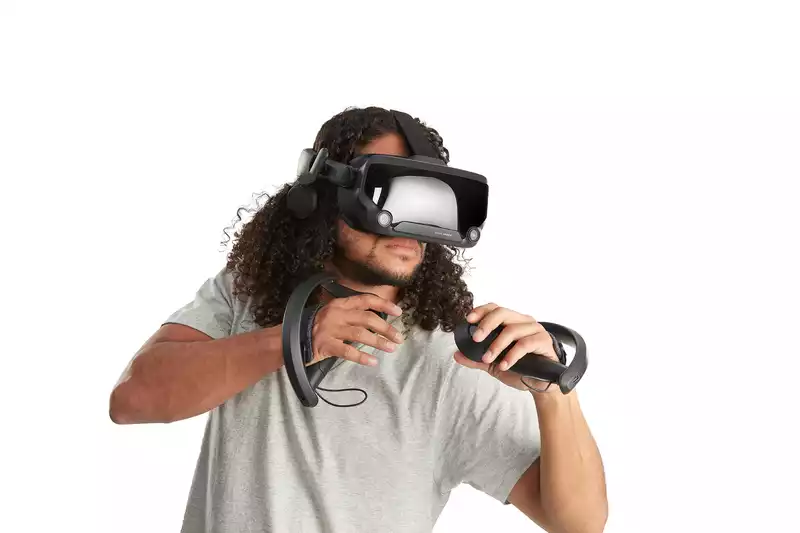VR headset ownership, which surged this year among Steam users, proved to be unsustainable, although it has been maintained by a user base that started at 1 million users. Half-Life in March: Half-Life: Alyx, which launched in March, saw connected headsets increased by approximately 1 million units, a record-breaking increase. However, the results of the September Steam Hardware & Software Survey show that the rapid growth of Steam's VR population has stalled to normal levels over the next six months.
In recent months, the number of active headsets has barely kept pace with the rapid growth seen in March and April of this year. In short, a temporary surge of new users has taken hold, but overall growth has not accelerated; industry watchers at Road to VR noted that much of the surge stayed after Alyx, estimating that overall about 2.6 million headsets were connected to Steam in July. 1.93% of Steam users had a VR headset connected.
However, the August hardware survey showed a drop from the high of 1.93% of Steam users in July to 1.70%, and a low of 1.67% in June; September saw a recovery to 1.88% of users, meaning that the numbers for the past six months have shown less sustained growth than in years past .
Two quick notes on these numbers: first, 6 points of data is not the optimal sample size for any analysis. Second, these trends are likely influenced by the lack of Valve's own Index headset and the financial instability of much of the world in 2020.
It was inevitable that the appeal of the new Half-Life game would lead to an increase in the headset user population on Steam. What was not inevitable was the continued increase in VR penetration, and while it appears that way, many of those new users are staying to play. Without a steady stream of high-profile games to drive sales, VR is likely to remain a niche with less than 2% of Steam users.


Comments